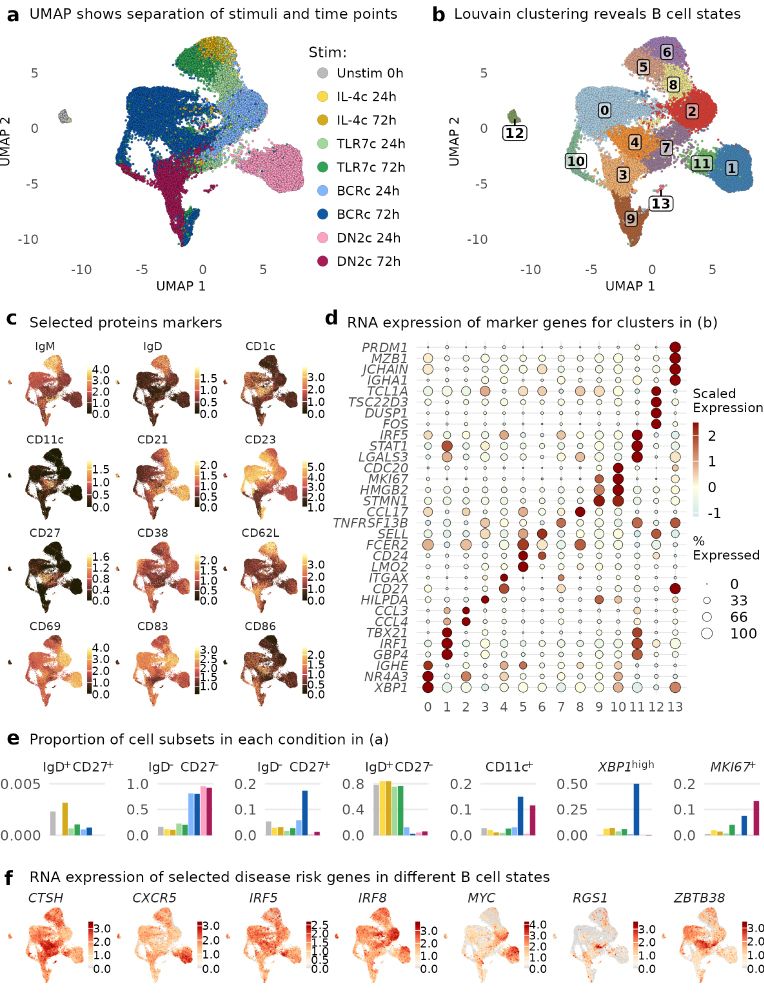Human genomics 🧬
The term “Manhattan plot” originated informally within the field of genetics, but there’s no clear record of who first coined it in a formal publication. The name seems to have evolved via community usage rather than being formally introduced by a specific individual
The term “Manhattan plot” originated informally within the field of genetics, but there’s no clear record of who first coined it in a formal publication. The name seems to have evolved via community usage rather than being formally introduced by a specific individual






